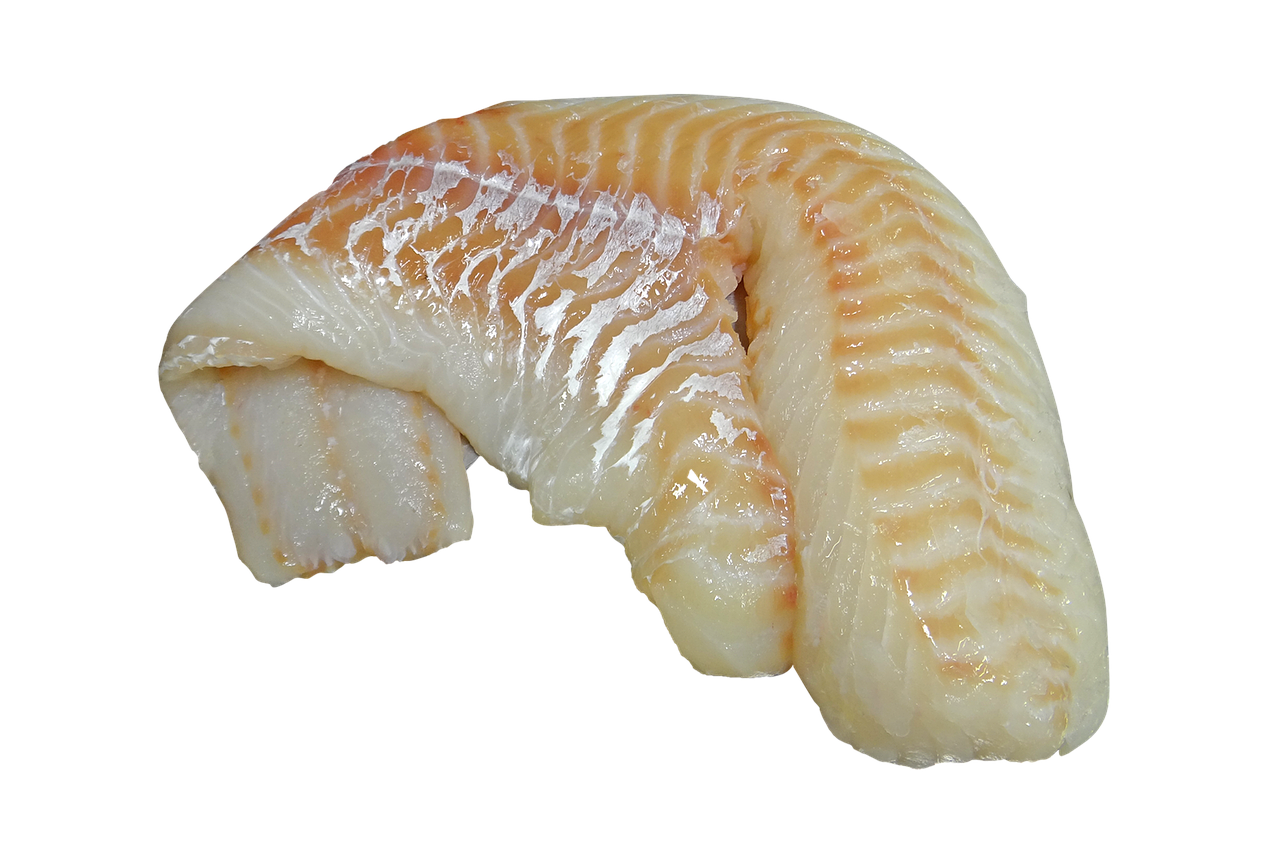When it comes to affordable, protein-rich fish that’s also versatile, tilapia and cod are two of the best options out there. Both are widely available and fairly inexpensive.
Tilapia and cod have a lot in common: they’re both commonly found in American diets, they’re both naturally low in fat, and they’re both excellent sources of protein.
But while they may seem similar at first glance, these two fish also have some key differences.
However you feel about cod or tilapia may come down to taste preferences more than anything else – after all, they’re both extremely healthy. Here’s everything you need to know about choosing between the two fish:
Cod and tilapia are both white fish that are commonly used in fish and chips or as an alternative to salmon in grilled fish sandwiches. However, there are some key differences between the two types of fish. One of the main differences between cod and tilapia is their nutrient content.
While both types of fish are considered to be a good source of protein, cod is higher in protein than tilapia. It also contains more vitamins and minerals than tilapia, including iron, magnesium, and vitamin B12. Tilapia, on the other hand, is higher in omega-3 fatty acids than cod.
One other difference between cod and tilapia is their taste. Most people find that cod has a much stronger flavor than tilapia. This means that it will be more likely to overpower a dish if used in large quantities. On the other hand, tilapia is milder tasting, which may make it a better choice for some dishes.
What is Cod?
Cod is a fish species that’s found in all of the world’s oceans, though it’s more commonly associated with Atlantic cod.
It’s a rich, meaty fish that can be prepared a variety of ways, including baked, pan-fried, grilled, or even fried.
Cod is a source of high-quality protein, containing about 22 grams of protein per serving, and is a rich source of calcium and magnesium as well.
It’s also low in calories and has no cholesterol. Toxic Fish in the US – What You Need to Know Two varieties of cod are considered safe to eat in the US and Canada: Pacific cod and Atlantic cod.
What is Tilapia?
Tilapia is a freshwater fish that is native to Africa and the Middle East but is now farmed all around the world. It’s a white-fleshed fish with a mild, almost nutty flavor that makes it great for everything from frying to casseroles.
Tilapia is also rich in protein and calcium, as well as a good source of iron. However, one thing to note is that farmed tilapia is often considered more environmentally harmful than farmed cod.
This is because it’s often fed an unnatural diet of corn and other grains, which can cause the fish to accumulate more fat and less omega-3 fatty acids than would otherwise be found in the fish.
Benefits of Eating Cod
Because of its low fat content, cod is a great fish for people who are watching their weight. It’s also high in protein and calcium, making it a good choice for people who are looking to build or maintain muscle, as well as those who are lactose-intolerant
. Cod is also rich in vitamin B12, which helps keep your red blood cells healthy, and vitamin D, which helps your body absorb calcium, keeping your bones strong. If you’re pregnant, cod is also a good source of iron, which helps your body produce red blood cells.
Benefits of Eating Tilapia
Although farmed tilapia is not as rich in omega-3 fatty acids as it should be, tilapia is still a high-quality, low-fat fish that’s rich in protein and vitamin B12, making it a good choice for people who are trying to lose weight or are pregnant. Tilapia is also a good source of iron and calcium, and it contains more vitamin B12 than most other fish.
key differences between cod and tilapia
Talapia is more commonly eaten in the US, while Cod is more common in the UK and other parts of Europe. Cod is fattier than tilapia, although both are low-fat fish. Cod is richer in protein than tilapia, although both are high-protein fish. Cod is richer in vitamin B12 than tilapia, although both are good sources of vitamin B12. Cod is richer in vitamin D than tilapia, although both are good sources of vitamin D. Cod has more iron than tilapia, although both are good sources of iron.
Which is Healthier: Cod or Tilapia?
All things considered, it’s hard to say which fish is healthier. Cod is higher in protein than tilapia, but tilapia is richer in iron, calcium, and vitamin B12.
On the whole, cod and tilapia are both very healthy and nutritious. The main takeaway is that neither fish is bad for you. So if you’re trying to decide between the two, go with whichever one you prefer the taste of.
Which is More Sustainable: Cod or Tilapia?
Tilapia is often considered to be less sustainable than cod, not only because of its harmful diet but also because of the amount of feed needed to raise the fish.
However, scientists are researching ways to make tilapia farmed more sustainably, so this may not be the case in the future.
Cod is cheaper to farm than tilapia and may be more sustainable overall. Plus, it’s a fish that’s been eaten in the UK for centuries, so it’s not as unsustainable as tilapia.
Final Words
At the end of the day, there’s no clear winner in the cod vs. tilapia debate. Both are healthy and nutritious fish that can be prepared in a variety of ways.
The best choice really comes down to personal taste. If you like the taste of cod, then go for it. If you prefer the taste of tilapia, then that’s great too!

